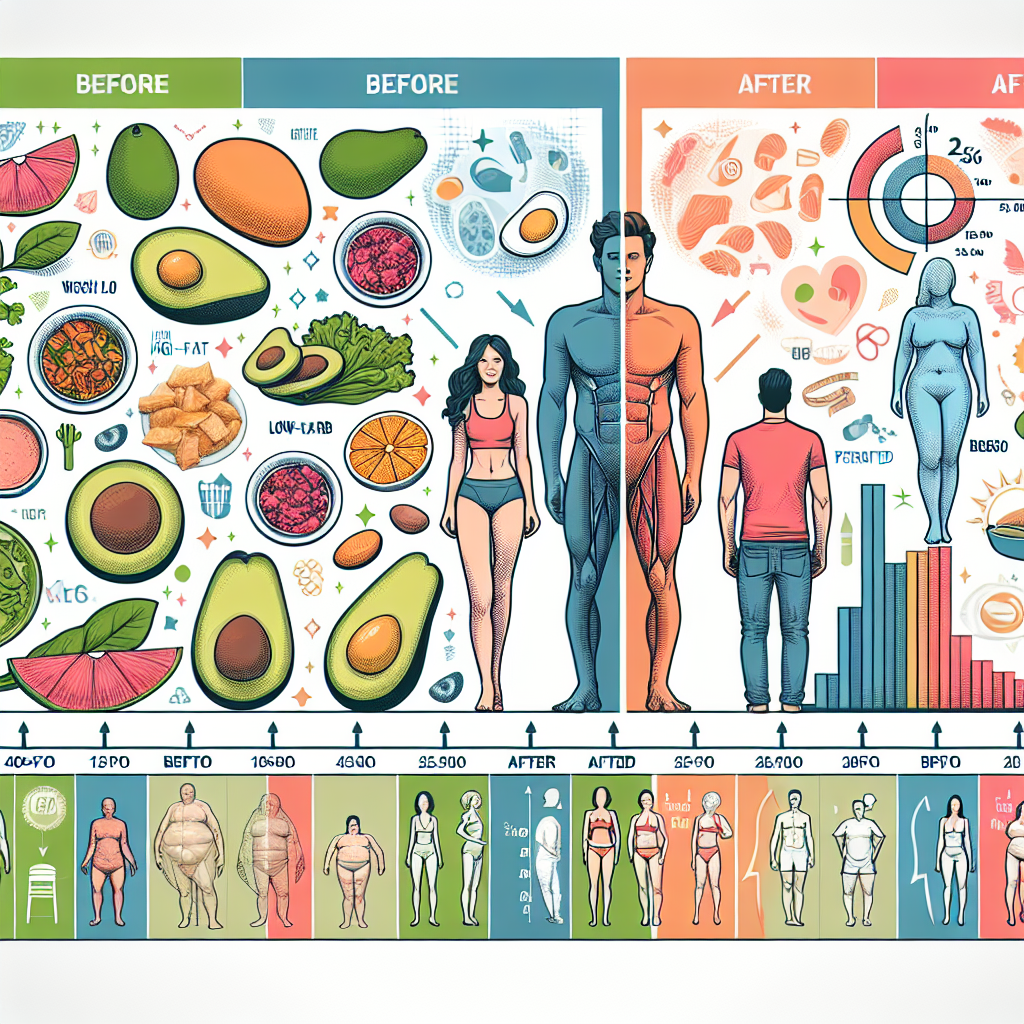
The ketogenic (keto) diet has taken the health and fitness world by storm, known for its effectiveness in promoting weight loss and improving overall health. By significantly reducing carbohydrate intake and replacing it with fat, the keto diet puts your body into a state of ketosis, where it becomes incredibly efficient at burning fat for energy. However, to maximize the benefits of this diet, particularly for weight loss, it’s crucial to align your exercise routine with your dietary choices. Here’s how to optimize your workouts for weight loss while on a keto diet.
Understanding Keto and Exercise
When you first start a keto diet, your body undergoes a transition. With reduced carbohydrates, your glycogen stores (the body’s primary energy source during high-intensity workouts) deplete. This transition can lead to a temporary loss of energy during exercise, particularly if you’re used to high-intensity training. However, as your body adjusts to burning fat for fuel, you’ll start to notice a powerful synergy between your keto diet and exercise.
The Benefits of Combining Keto with Exercise
-
Increased Fat Oxidation: When in ketosis, your body is adept at using fat as its primary fuel source. This means that during prolonged, low to moderate-intensity exercise, such as walking, cycling, or resistance training, your body becomes efficient at burning stored fat.
-
Decreased Hunger Levels: The keto diet can lead to satiety, which may reduce cravings and help you stick to your exercise regime without distraction.
- Enhanced Mental Clarity: Many individuals report improved focus and mental clarity while on a keto diet, potentially leading to more productive workout sessions.
Optimizing Your Workouts on Keto
To effectively combine keto and exercise for weight loss, consider the following strategies:
1. Choose the Right Type of Exercise
Different types of exercise have varying impacts on your body while on a keto diet. Here are some key types:
-
Low to Moderate-Intensity Cardio: Activities like walking, biking, and swimming are ideal on keto, as they predominantly use fat for fuel. Engage in longer sessions of steady-state cardio to maximize fat oxidation.
-
Strength Training: Lifting weights can help maintain muscle mass while promoting fat loss. Focus on compound movements (like squats, deadlifts, and bench presses) and incorporate a higher rep range to improve endurance without relying on glycogen stores.
- High-Intensity Interval Training (HIIT): While challenging on keto, HIIT can still be effective. If you’re accustomed to working out, gradually implement HIIT sessions, ensuring you fuel your body properly afterward to aid recovery.
2. Adjust Workout Timing
Listening to your body is crucial. Some individuals find that exercising in a fasted state (before breakfast) leads to better fat burning. Others may prefer to consume a small amount of fat (like MCT oil) before workouts for a quick energy boost. Experiment with different timings to find what works best for your body.
3. Stay Hydrated and Mind Your Electrolytes
When transitioning into ketosis, your body loses a significant amount of water and electrolytes, which can affect your workout performance and recovery. Ensure you’re hydrating adequately and consider supplementing with electrolytes (sodium, potassium, and magnesium) to maintain optimal bodily function during workouts.
4. Monitor Your Macronutrients
To optimize your weight loss, it’s essential to balance your macronutrients carefully. While on keto, maintain a high fat intake and moderate protein levels, as too much protein can kick you out of ketosis. Tracking your macros using an app can help ensure you’re meeting your goals without going overboard on protein or under-eating fat.
5. Listen to Your Body
As you adjust to the keto lifestyle, it’s crucial to tune into your body’s signals. If you feel fatigued or weak, consider scaling back your workouts or allowing additional recovery time. Remember that fitness progress takes time, and patience is critical.
Conclusion
Combining the ketogenic diet with a well-structured exercise routine can significantly enhance your weight loss journey. By focusing on the right types of exercise, adjusting your workout timing, managing hydration and electrolytes, monitoring macronutrient intake, and listening to your body, you can optimize your workouts and maximize the benefits of the keto lifestyle. With dedication and a bit of experimentation, you’ll discover the perfect balance to achieve your fitness and weight loss goals.




